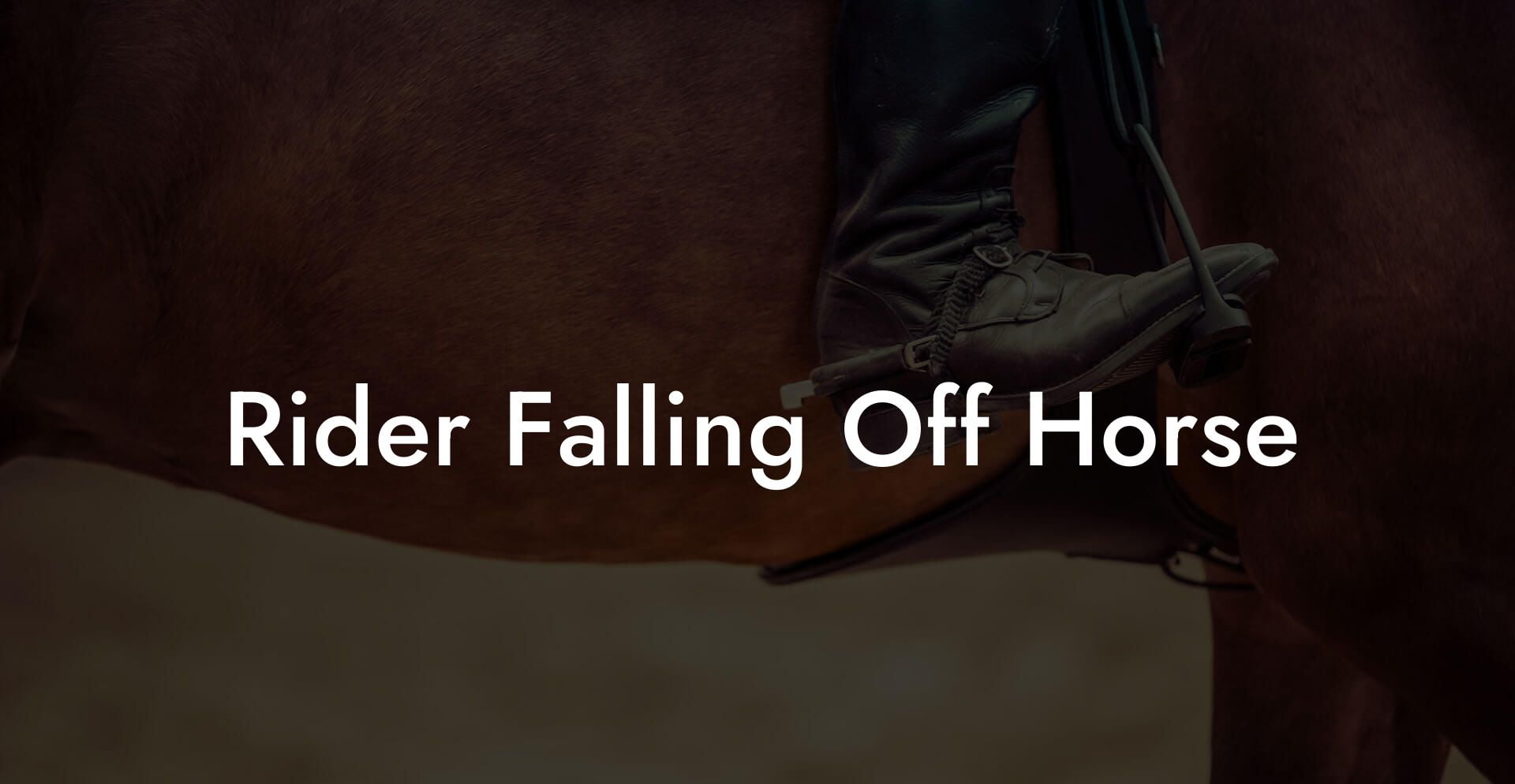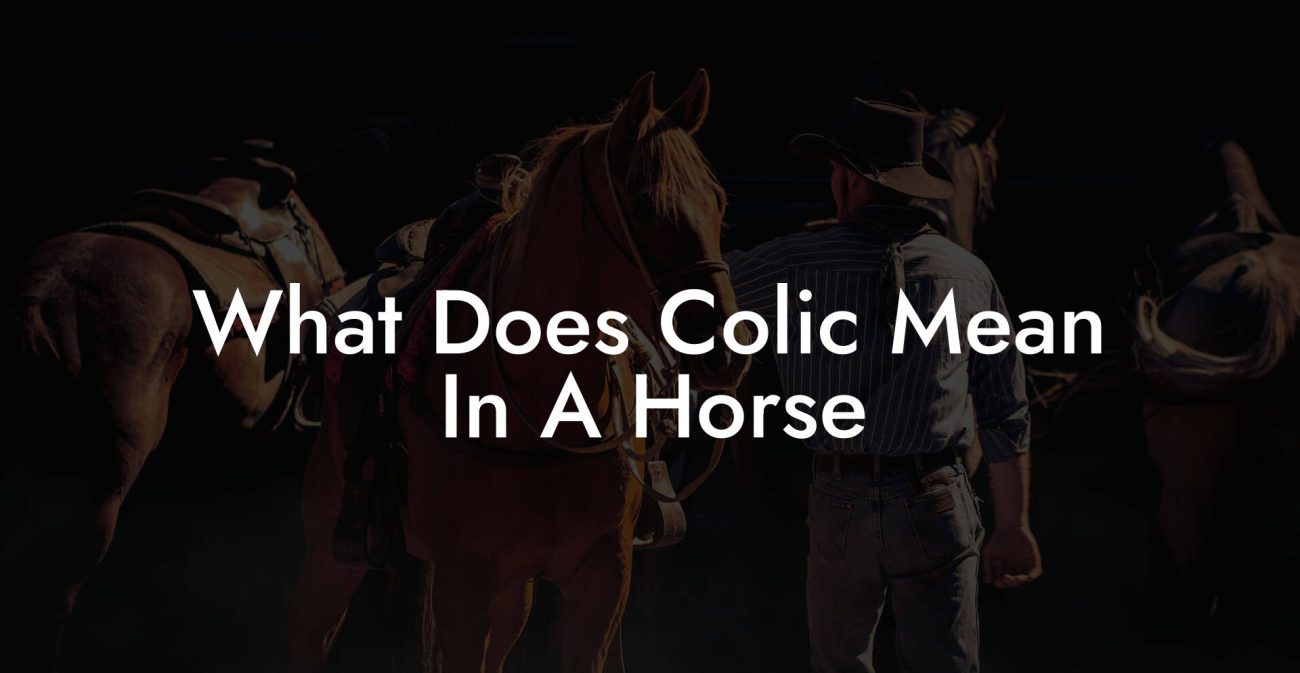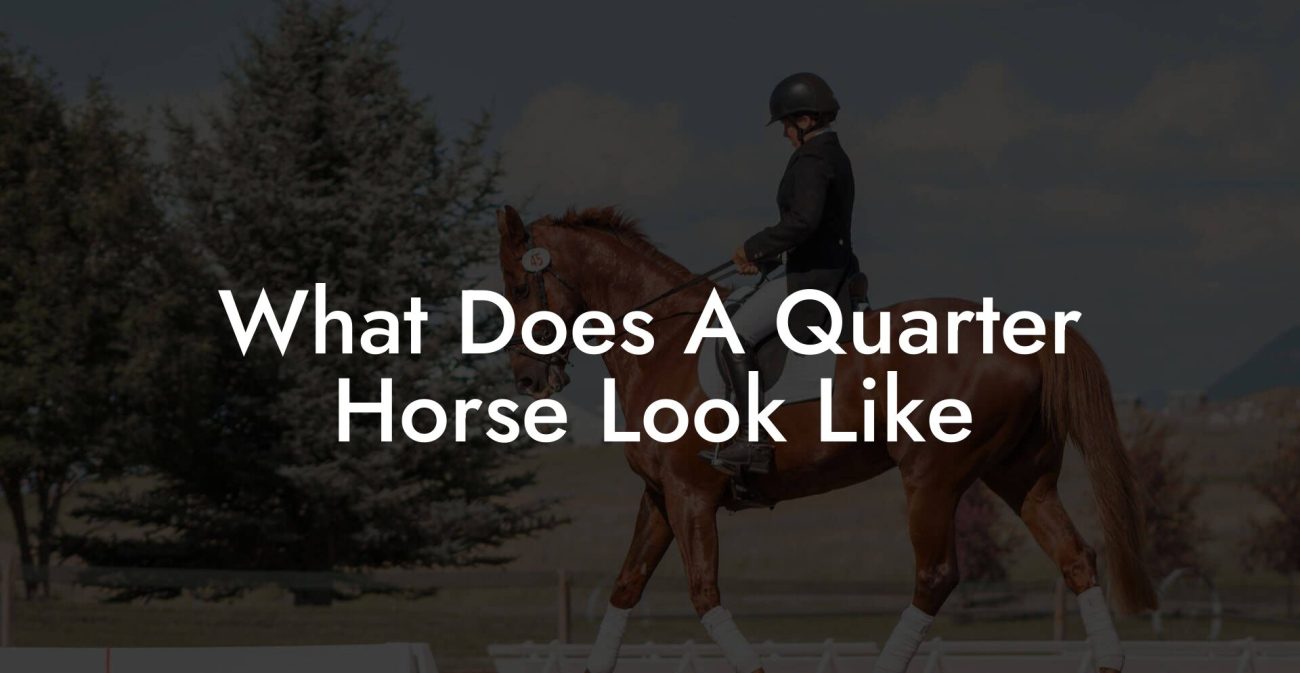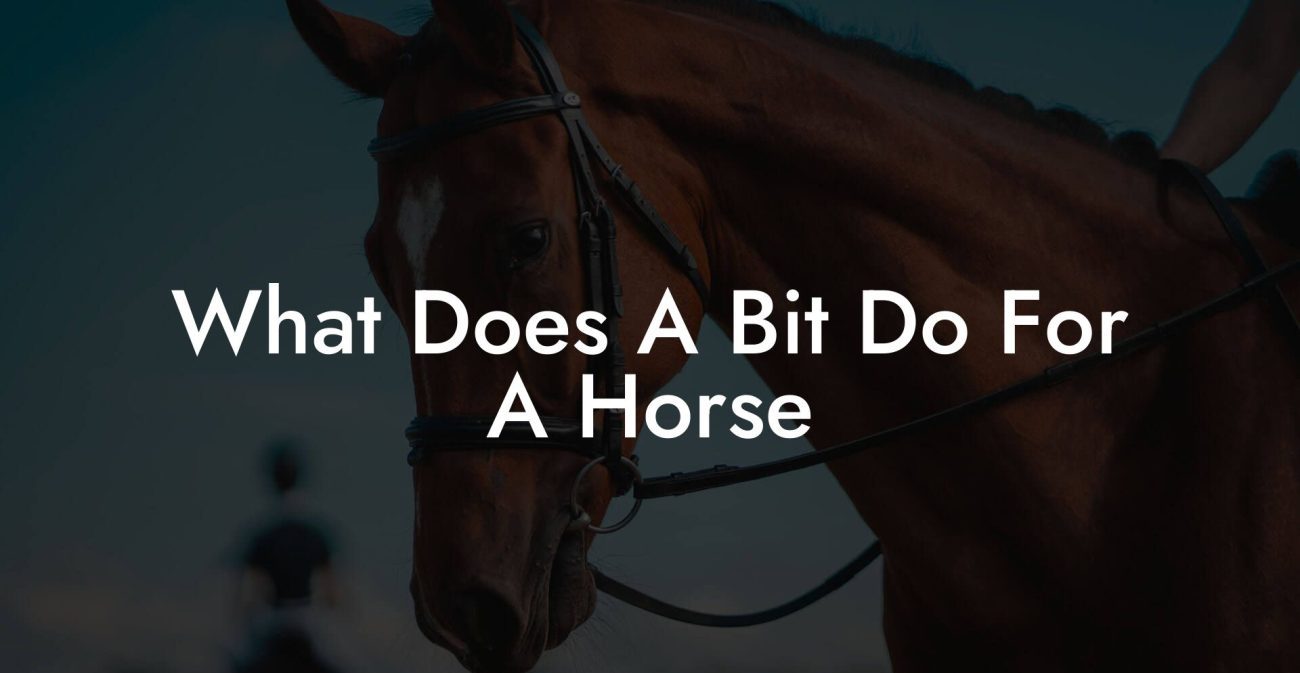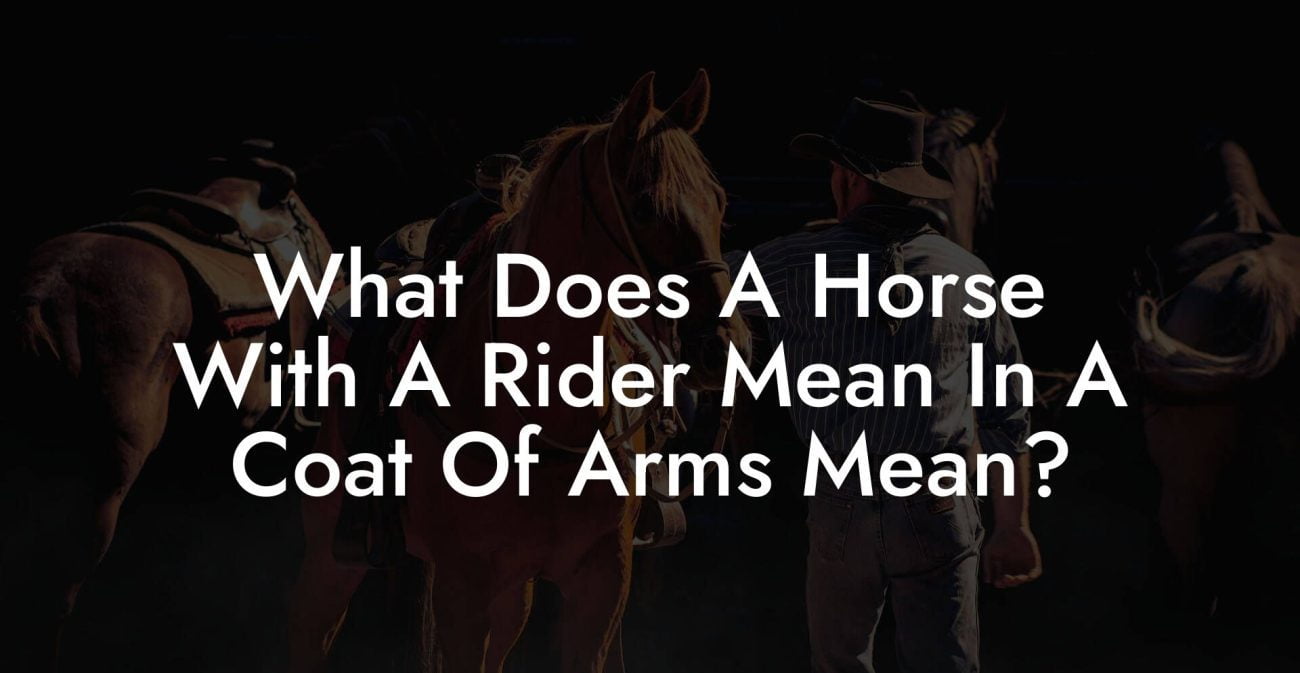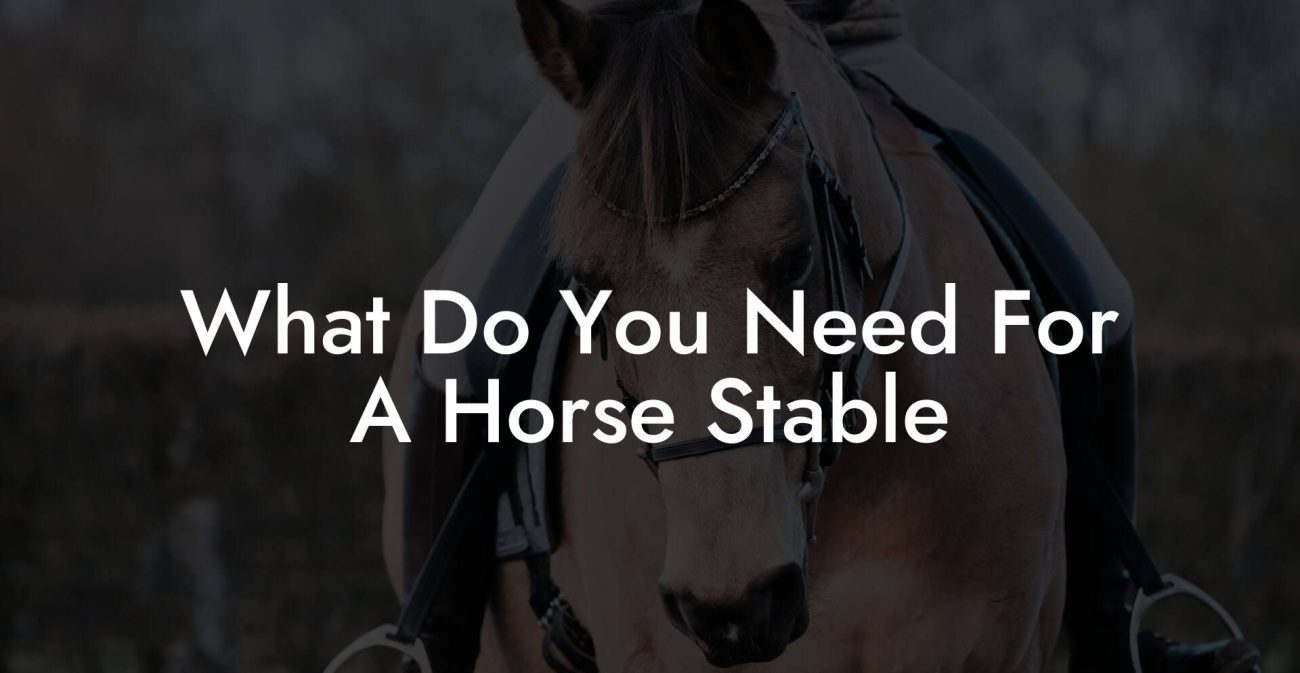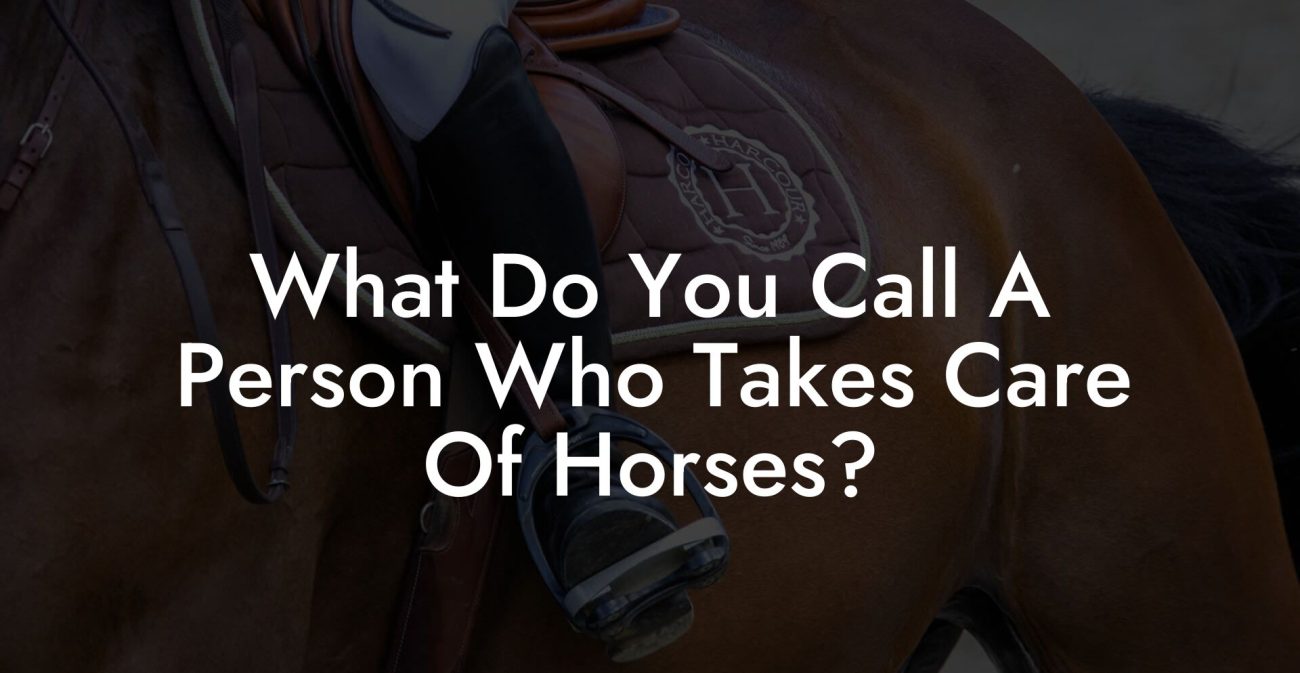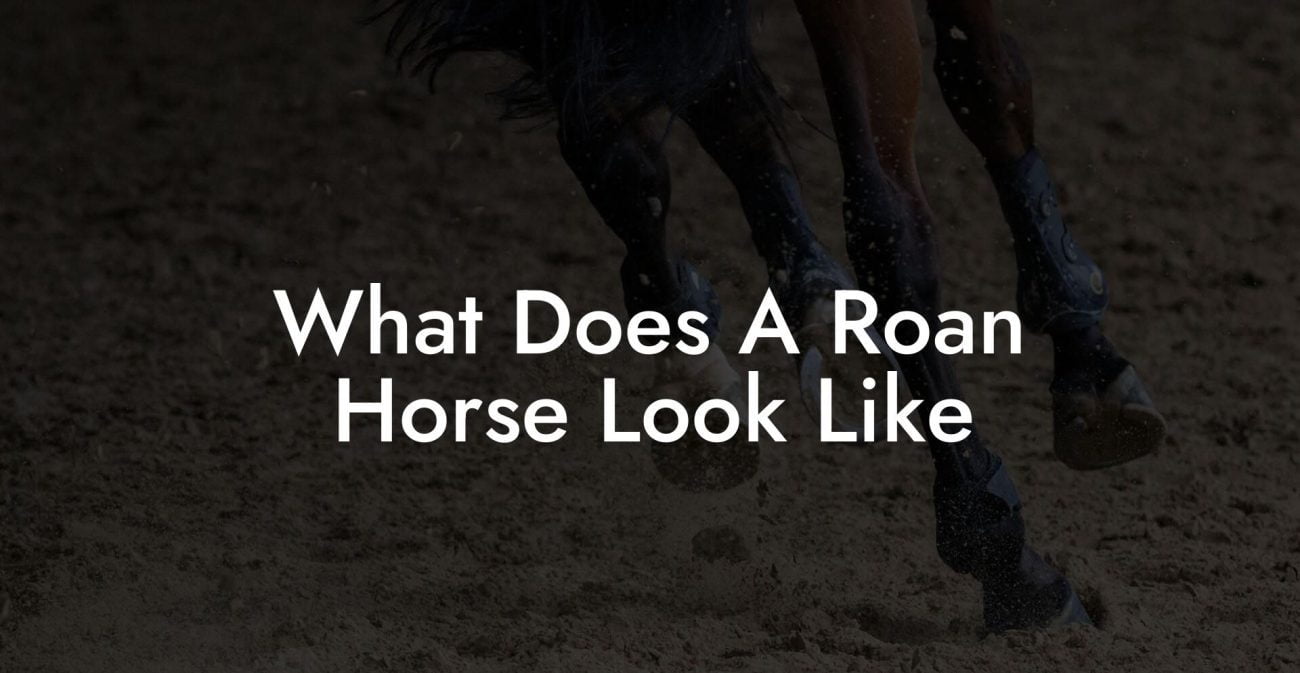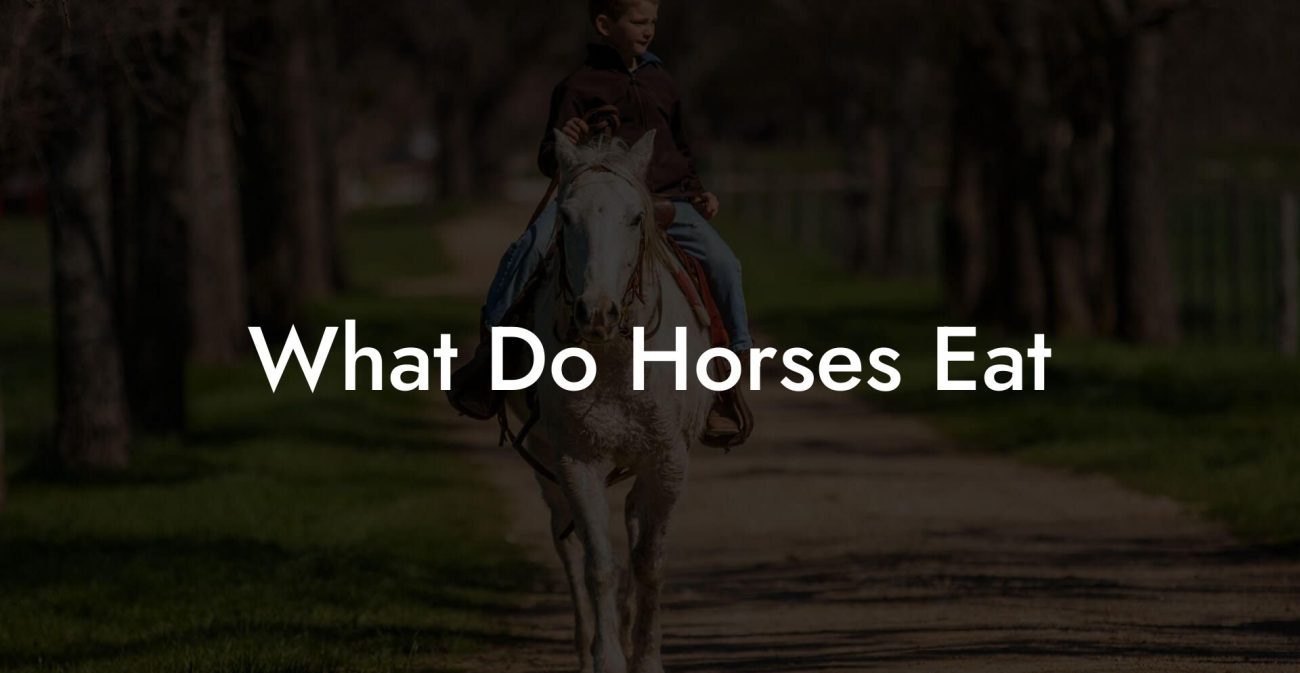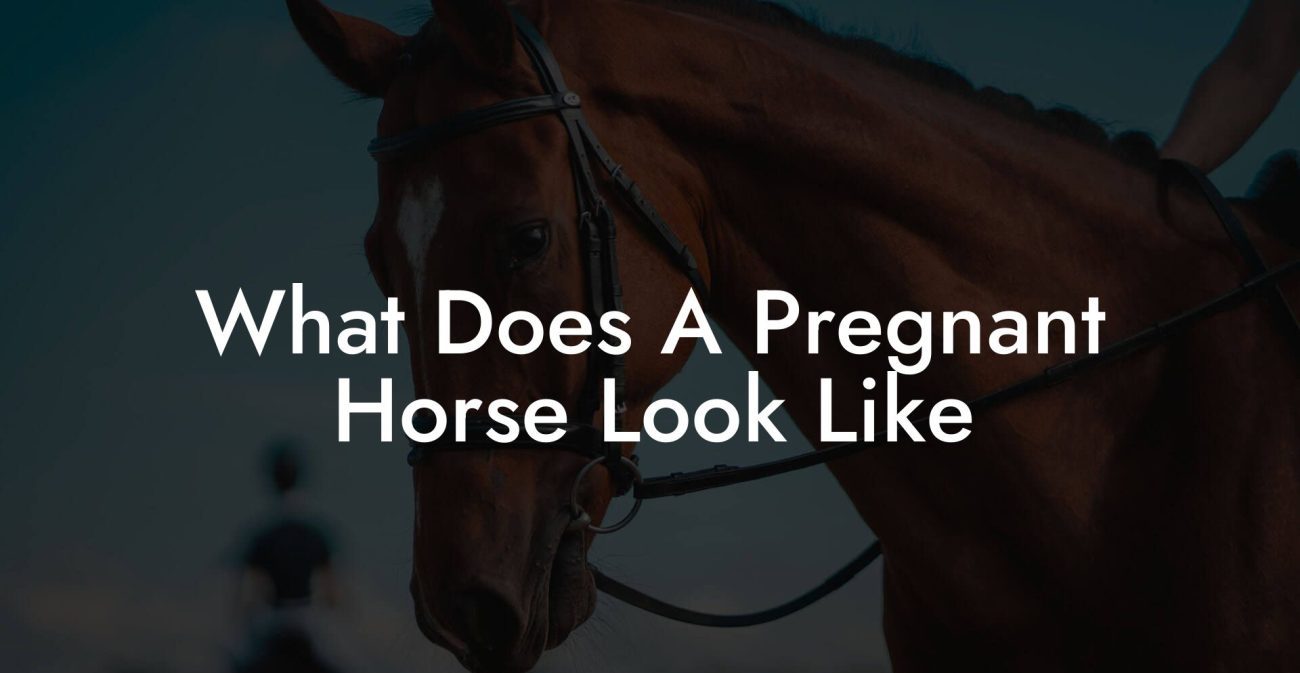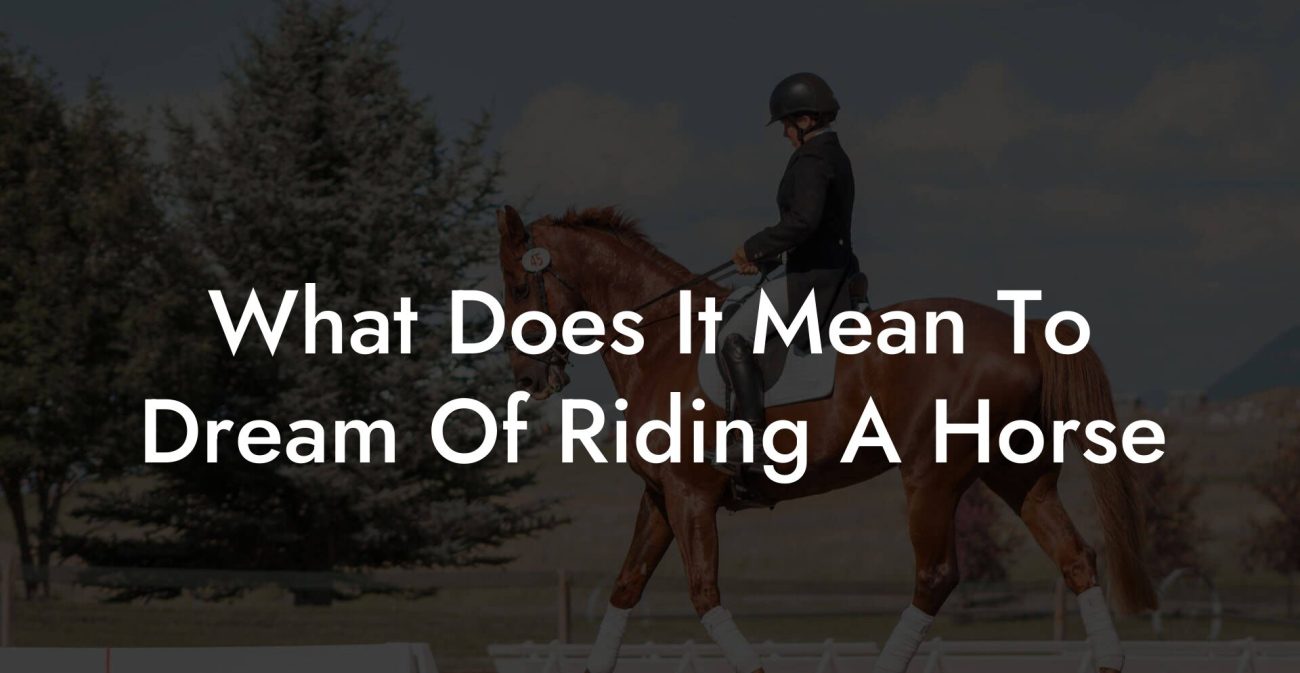Ever had that heart-stopping moment when your horse bucks dramatically and you suddenly find yourself airborne, wondering if gravity has decided to give you a free ride? Whether you’re a seasoned equestrian or a curious beginner, the experience of falling off a horse is as humbling as it is hilarious, if you can laugh it off later. In this comprehensive guide, we dig deep into the world of rider safety, exploring why falls happen, how to prevent them, and what to do if you find yourself scrambling on the ground. We’ll also share insider tips on proper horse care that can help keep both you and your equine partner safe and sound. So, saddle up and get ready for a wild ride through the dos and don’ts of horse riding safety, recovery, and community support.
Quick Links to Useful Sections
- Understanding the Dynamics: Why Do Riders Fall Off Horses?
- The Anatomy of a Fall: What Happens When Riders Hit the Ground?
- Common Causes of Rider Falls: From Horse Antics to Human Error
- Horse Behavior and Instincts
- Rider Technique and Body Positioning
- Equipment-Related Failures
- Environmental and External Factors
- Preventing Falls: Practical Tips to Keep You on Horseback
- Invest in Quality Equipment
- Enhance Your Riding Technique
- Build a Solid Foundation of Fitness
- Practice Emergency Dismounts
- Stay Attuned to Your Horse
- After the Fall: Immediate Actions and Recovery Tips
- Assess Your Condition
- Find a Safe Space
- Manage Minor Injuries
- Know When to Seek Medical Help
- Mastering Horse Care: How Proper Equine Management Can Influence Rider Safety
- Regular Health Check-ups
- Proper grooming and Exercise
- Balanced Diet and Hydration
- Riding Techniques: Hone Your Skills to Reduce Fall Risks
- Developing Core Strength and Balance
- Fine-Tuning Your Riding Posture
- Practicing Reactive Drills and Emergency Procedures
- Mental Resilience: Building Confidence After a Fall
- Mindfulness and Relaxation Techniques
- Positive Visualization and Affirmation
- Peer Support and Sharing Experiences
- Learning from the Pros: Expert Insights on Avoiding Falls
- Coach Denise’s Top 5 Safety Tips
- Veterinarian Dr. Parker on Horse Behavior
- Riding Star Alex’s Recovery Story
- Personal Stories: Case Studies from Real Riders
- Case Study 1: The Rookie’s Reckoning
- Case Study 2: The Pro’s Perseverance
- Case Study 3: The Veteran’s Voice
- Resources and Community Support: Your Next Steps
- Online Forums and Social Media Groups
- Local Riding Clubs and Workshops
- Professional Riding Instructors
- Equine Health Resources
- Integrating Technology: Innovative Tools to Enhance Riding Safety
- Wearable Tech and Smart Equipment
- Mobile Apps for Riding Analysis
- Virtual Riding Coaches
- Preparing for the Unexpected: Cultivating a Safety-First Mindset
- Your Journey to Empowered Equestrian Safety
- Frequently Asked Questions on Rider Falls and Horse Care
- Embracing the Ride: Your Future in Equine Excellence
Understanding the Dynamics: Why Do Riders Fall Off Horses?
Riding a horse is a unique blend of art and science, where the natural instincts of a mighty animal meet the intuition and skill of its rider. Falls can happen for a variety of reasons, and understanding these can not only help you learn from past mishaps but also strengthen your bond with your horse. It’s not just about clumsiness or bad luck, the causes can range from the unpredictable behavior of the horse to improper training techniques and even faulty equipment.
One of the most common culprits is the horse’s behavior. Horses, by nature, are prey animals with a powerful instinct to react to perceived threats. A sudden sound, a stray shadow, anything can trigger a buck, a kick, or a rapid change in direction. When riders aren’t prepared for such responses, a fall might be inevitable. But it doesn’t end there; the physical dynamics of riding, including balance, posture, and muscle memory, all play a crucial role in whether you stay mounted or take an unexpected plunge.
Another factor to consider is the equipment. A poor-fitting saddle or worn-out tack can compromise your position and leave you vulnerable to a fall at the most crucial moment. Even the safest riding gear can become a liability if not maintained correctly. And let’s not forget the learning curve, novices might be more prone to falls as they master the art of coordinating with their steed. In the end, every fall is a lesson in itself, teaching you how to better prepare, react, and invest in quality gear.
The Anatomy of a Fall: What Happens When Riders Hit the Ground?
When you fall off a horse, it’s more than just a moment of embarrassment, it’s a full-body event where physics takes the reins. The impact can vary widely, from a gentle bounce to a full-throttle thud that leaves you wondering if you’ve just auditioned for an action movie. Understanding the mechanics of a fall can help you prepare both mentally and physically for the aftermath.
As you hit the ground, the forces at work can affect various parts of your body differently. A well-executed dismount, even if accidental, might allow you to roll with the fall and dissipate the energy through your muscles, reducing the risk of severe injuries such as fractures or internal bruising. However, a sudden, unanticipated drop without proper technique can lead to scrapes, bruises, or, in worst cases, concussions and broken bones.
Safety experts have studied the mechanics of falls in many sports, and equestrian falls are no exception. The key takeaway? Training your body to respond instinctively through proper technique can make all the difference. If you learn to tuck and roll, similar to a gymnast’s landing, you might reduce the impact on your vital organs and, most importantly, avoid the dreaded "splat" moment.
But falls are rarely just about the physical impact, they also affect your confidence. The shock of a sudden jolt to your body can leave you shaken, which is why understanding the science behind a fall is not only a matter of safety but also an essential step in rebuilding your riding confidence.
Common Causes of Rider Falls: From Horse Antics to Human Error
While horses are majestic creatures, they can be unpredictable. Rider falls are a phenomenon that can stem from a mishmash of reasons, including horse behavior, rider technique, equipment failure, and environmental factors.
Horse Behavior and Instincts
Our four-legged friends are not programmed with seatbelts. Their instincts can often override the calm training lessons, especially in stressful situations. A sudden flash of light, an unexpected noise, or even another horse's presence can send a ripple of fear through the herd, resulting in erratic movements or a sudden startle that might unseat you.
Rider Technique and Body Positioning
Riding is an acquired skill that requires balance, coordination, and a rhythmic partnership with your horse. Novice riders, in particular, may have a steep learning curve when it comes to mastering the optimal body posture, weight distribution, and timing. A misaligned grip or a delayed reaction to the horse’s movements can quickly lead to a loss of balance.
Equipment-Related Failures
Ever tried riding on a wobbly chair? That’s what a poorly maintained or ill-fitting saddle can feel like. Equipment issues such as loose stirrups, an unbalanced saddle, or worn-out reins may exacerbate the risk of falling. Regular maintenance and periodic evaluations by a professional can ensure that your gear is as reliable as your favorite playlist.
Environmental and External Factors
The world isn’t a static arena. Uneven terrain, slippery mud, or unexpected obstacles can easily catch you off guard. Weather conditions such as rain or wind further complicate matters by altering the dynamics of both the horse and the rider. Being aware of your surroundings and adjusting your riding style accordingly can prevent many unfortunate incidents.
Each of these factors reminds us that falling off a horse is rarely about a single misstep, it’s often a cascade of minor oversights and unforeseen circumstances coming together. Recognizing these common causes is the first step in developing robust preventive measures.
Preventing Falls: Practical Tips to Keep You on Horseback
The worst fall is the one you never have to take. While no precaution can guarantee you’ll never fall off a horse, there are plenty of strategies to minimize your risk. Here are some top-notch, down-to-earth tips for staying seated (and laughing later rather than crying):
Invest in Quality Equipment
It all starts with gear that fits just right. A high-quality saddle that’s tailored to your horse’s shape, combined with proper stirrups and reins, creates a stable foundation. Regularly check and maintain your equipment; a little investment now can save you from a world of pain, and a trip to the vet for your ride or the chiropractor for you.
Enhance Your Riding Technique
Mastering basic riding techniques is key. Consider lessons focused on core strength, balance, and proper body positioning. Even if you’re not competing in equestrian sports, understanding how to move with your horse and adjust your posture can dramatically reduce your risk of falling.
Build a Solid Foundation of Fitness
Your body is your greatest asset when riding. Exercises that improve balance, core strength, and flexibility can make a significant difference, especially during unexpected jerks or bucks. Think of it like cross-training for a marathon, but instead, you’re training for a smooth ride that ends with you still in the saddle.
Practice Emergency Dismounts
Yeah, it sounds counterintuitive, but having a practiced plan for emergency dismounts can actually increase your overall safety. Learning how to fall correctly by rolling with the momentum, protecting your head and limbs, and quickly recovering on your feet for first aid is a vital skill for any rider.
Stay Attuned to Your Horse
Your horse is more than a beast of burden, they’re your partner in adventure. Spend time understanding their body language, habits, and moods. A well-tuned relationship with your horse can alert you to changes in behavior that might signal the need for extra caution.
By integrating these practices into your routine, you can create a safer riding environment. After all, prevention is not just about avoiding falls, it’s about enhancing your confidence and enriching your riding experience.
After the Fall: Immediate Actions and Recovery Tips
Even with all precautions, falls happen. So what’s the game plan once you’re on solid ground and dust has settled? The aftermath of a fall can be disorienting, but knowing how to handle the situation can make all the difference in ensuring a speedy recovery.
Assess Your Condition
The first step is to pause and take a mental snapshot of your physical state. Check for any pain, unusual sensations, or injuries, even if they seem minor at first. If something doesn’t feel right, don’t brush it off, get an assessment from a professional. Remember, your head is as precious as your funny stories later on.
Find a Safe Space
If you’re in the middle of a busy trail or a barn filled with curious onlookers, move to a safe, flat area before attempting to stand up. Take a moment to gather yourself, hydrate, and reassure any worried bystanders (or even your horse, who might be looking back with a perplexed expression).
Manage Minor Injuries
For small scrapes or bruises, apply basic first aid treatment, clean the wound, apply an antiseptic, and bandage if necessary. If you have an ice pack handy, it can help reduce swelling. It might be a good idea to keep a first aid kit nearby whenever you ride, so you’re always prepared.
Know When to Seek Medical Help
Be honest with yourself about the severity of the fall. If you experience prolonged pain, dizziness, or any signs of a concussion, it’s essential to consult a healthcare provider. Your health isn’t a gamble, and early intervention can prevent minor injuries from turning into major setbacks.
Falling off a horse may not be part of your ideal riding itinerary, but it’s a learning opportunity wrapped in a moment of chaos. With the right approach, recovery doesn't have to be a long, painful process, it can serve as a valuable lesson in resilience and preparedness.
Mastering Horse Care: How Proper Equine Management Can Influence Rider Safety
It turns out your horse’s well-being can have a direct impact on your riding safety and overall experience on the trail. Caring for your horse isn’t just about keeping them looking majestic in the arena, it’s about nurturing a dependable partner. A well-cared-for horse is less likely to exhibit erratic behavior, which in turn reduces the risk of those dreaded falls.
Regular Health Check-ups
Ensure that your horse receives veterinary check-ups regularly. Keeping up with vaccinations, dental care, and hoof maintenance not only extends your horse’s life but also minimizes surprises while riding. A healthy horse is much more predictable and balanced, making your time on horseback safer.
Proper grooming and Exercise
Grooming is more than just a vanity project, it’s an opportunity to check your horse for injuries or discomfort. A thorough grooming session can reveal signs of strain, skin irritation, or even subtle shifts in behavior that might suggest the onset of illness. Coupling grooming with a consistent exercise regimen keeps your horse fit, agile, and less prone to sudden spooks.
Balanced Diet and Hydration
A nutritious diet for your horse helps maintain muscle tone and overall body condition. Just as you fuel your body with a balanced meal to keep your energy up, your horse needs quality hay, grains, and supplements to stay in top shape. Hydration is key, making sure your horse drinks plenty of water can prevent fatigue and overexertion during long rides.
By nurturing your horse’s health, you create a symbiotic relationship where every ride is smoother, more predictable, and most importantly, safer for both of you. After all, a happy horse is the best foundation for confident riding.
Riding Techniques: Hone Your Skills to Reduce Fall Risks
Great riding skills are built on understanding your body, your horse, and the rhythmic dance between the two. Whether you’re just starting out or have years of experience under your saddle, continuously refining your technique can drastically diminish the likelihood of a fall.
Developing Core Strength and Balance
A strong core is your secret weapon on horseback. Think of training as similar to leveling up in your favorite video game, each rep of core exercises, balance drills, or yoga poses adds another layer of defense against unexpected bucking or shifts in the horse’s gait. Pilates, tai chi, and even stability ball workouts can offer significant benefits.
Fine-Tuning Your Riding Posture
Maintaining a relaxed yet engaged posture is crucial. You want to be alert without being tense, ready to absorb shocks without overreacting. Work with a seasoned instructor to analyze your riding stance. With expert feedback, you can learn the subtle adjustments that keep your center of gravity low and focus razor-sharp.
Practicing Reactive Drills and Emergency Procedures
Think of these drills as your ride’s "reset button." Practicing emergency dismounts, quick recoveries, or even simulated stall exits can prepare you for the unpredictable. The more you drill these reactions, the more instinctive they become, helping you stay safe when the unexpected happens.
By honing your riding techniques and investing in targeted training, you reduce the frequency and severity of falls. It’s a proactive approach that not only enhances your safety but also allows you to enjoy riding with a renewed sense of freedom and confidence.
Mental Resilience: Building Confidence After a Fall
Let’s face it: even the most skilled riders can be rattled by a nasty fall. The mental scar left behind can sometimes be worse than the physical bruise, causing hesitation and anxiety in future rides. But fear not, mental resilience is a muscle you can build just like your core.
Mindfulness and Relaxation Techniques
Practicing mindfulness can help you regain control of your thoughts and ease tension after a fall. Breathing exercises, meditation, or simply taking a moment to reflect on a humorous side of the mishap can help you reset your mental state. Remember, laughter is an antidote to fear.
Positive Visualization and Affirmation
Instead of replaying the fall in your mind, visualize a smooth, successful ride. Let positive affirmations bolster your confidence with every stride. Remind yourself that you’re capable, prepared, and that every rider has been there.
Peer Support and Sharing Experiences
Join equestrian communities, online forums, or local riding clubs where stories of falls and triumphs are shared openly. Knowing that countless riders have recovered from similar experiences can be incredibly reassuring. Sometimes, all it takes is a shared laugh during a post-fall debrief to put the incident into perspective.
With these strategies, you’ll not only rebuild your confidence but also emerge as a more resilient, well-rounded rider. After all, every fall is just the beginning of a new chapter in your equestrian journey.
Learning from the Pros: Expert Insights on Avoiding Falls
Who better to learn from than those who have navigated the treacherous waters of riding mishaps and emerged as champions of equestrian safety? We reached out to top riding coaches, seasoned trainers, and veterinary experts to gather their insights on fall prevention and recovery.
Coach Denise’s Top 5 Safety Tips
Coach Denise, a veteran riding instructor known for her fearless approach to equestrian sports, swears by a few golden rules: always warm up, respect your horse’s mood, never skip safety checks, maintain an active core, and, most importantly, learn to fall safely. “A fall might be inevitable,” she explains, “but a smart rider can minimize its impact with the right preparation and mindset.”
Veterinarian Dr. Parker on Horse Behavior
Dr. Parker, an expert in equine behavior, emphasizes that understanding your horse’s body language is paramount. “Horses communicate through subtle cues, the twitch of an ear, the shift of weight,” he says. “Recognizing these signs early on gives you a split-second advantage to adjust your position and avoid dangerous situations.”
Riding Star Alex’s Recovery Story
Alex, a competitive rider who once experienced a gravity-defying fall during a show jumping event, now advocates for everyone to embrace the learning curve. His advice? “Don’t let a fall define you. Instead, let it teach you. Every scratch, bruise, and tumble is a stepping stone to becoming a better rider.”
These expert insights serve as both inspiration and practical guidance. Incorporating their wisdom into your riding routine can help transform a potentially traumatic experience into an opportunity for growth.
Personal Stories: Case Studies from Real Riders
Nothing speaks to the vibrancy of equestrian life like the real-life experiences of riders who have been through it all. Below, we share three case studies that transform the narrative around falling off a horse, from cautionary tales to triumphant comebacks.
Case Study 1: The Rookie’s Reckoning
Emma, a fresh face in the world of horse riding, experienced her first fall during a beginner’s class. Initially mortified and hesitant to ride again, she enrolled in targeted riding courses that focused on balance, proper technique, and emergency dismount drills. Over time, Emma not only reclaimed her confidence but became an advocate for safety training among new riders. Her journey is a testament to the fact that every fall can lead to a stronger, more skilled rider.
Case Study 2: The Pro’s Perseverance
Michael, a professional rider with years of experience, encountered a severe fall during a high-stakes competition. While the injury was painful and set him back temporarily, Michael’s commitment to recovery included physical therapy, advanced riding technique workshops, and mental resilience training. His return to the sport with renewed energy and refined skills not only inspired his peers but also highlighted the importance of continuous learning, even for the most seasoned riders.
Case Study 3: The Veteran’s Voice
Linda, a long-time equestrian with an impeccable riding record, faced an unexpected fall that rocked her confidence. With the support of her riding community and expert guidance, she discovered that vulnerability could lead to strength. Linda now leads workshops on fall prevention and safe riding practices, ensuring that her hard-earned wisdom benefits the next generation of riders.
These stories remind us that the path of a rider is paved with challenges, and that each fall is a stepping stone toward mastery. The shared experiences of these riders are an invaluable resource for anyone looking to improve their technique and safety measures.
Resources and Community Support: Your Next Steps
Navigating the world of equestrian safety is easier when you’re not alone. A vibrant community of riders, trainers, and enthusiasts awaits to offer advice, share personal experiences, and provide support in your journey toward safer riding practices. Here are some of the top resources and communities you should consider:
Online Forums and Social Media Groups
From Facebook groups to Reddit communities, there are countless online platforms where riders swap tips, post safety tutorials, and cheer each other on after overcoming setbacks. Joining these discussions can offer fresh perspectives, practical advice, and even a few laughs to take the sting out of that occasional fall.
Local Riding Clubs and Workshops
Look into local equestrian centers and clubs that offer training workshops focused on safety, proper riding techniques, and emergency procedures. These in-person gatherings not only refine your skills but also offer the invaluable opportunity to network with seasoned professionals and novice riders alike.
Professional Riding Instructors
Investing in a few sessions with a certified riding instructor can pay dividends for your long-term riding safety. These experts can offer personalized advice, correct your posture, and help you develop a tailored plan to minimize fall risks.
Equine Health Resources
Stay informed about the latest in horse care and health through reputable websites, veterinary associations, and equine journals. Understanding the science behind good horse care can directly translate to a safer and more predictable riding experience.
Taking advantage of these resources will not only help you improve your riding skills but also strengthen the bond you share with your horse. And remember, every conversation and shared experience makes you a part of a safety-conscious, supportive, and ever-growing equestrian community.
Integrating Technology: Innovative Tools to Enhance Riding Safety
In today’s digital age, technology has become an indispensable partner in enhancing equestrian safety. From wearable devices that monitor your posture and heart rate to apps that offer real-time feedback on riding performance, there’s a wealth of tools available to help refine your technique and prevent falls.
Wearable Tech and Smart Equipment
Imagine your saddle or riding helmet equipped with sensors that alert you to incorrect posture or sudden changes in your horse’s movement. Devices like these can act as early warning systems, allowing you to make quick adjustments and avoid potential mishaps.
Mobile Apps for Riding Analysis
Several mobile apps now offer riding performance analysis using video feedback and motion tracking. By recording your rides and analyzing your posture and technique, you can spot areas for improvement and track your progress over time. These insights are invaluable for reducing your risk of accidents.
Virtual Riding Coaches
Virtual coaching sessions offer riders the convenience of professional guidance from the comfort of their own stables. With interactive feedback and personalized training modules, you can work on your riding skills remotely while maintaining a consistent improvement trajectory.
Embracing technology in your riding routine not only enhances your safety but also makes the learning process more engaging and tailored to your needs.
Preparing for the Unexpected: Cultivating a Safety-First Mindset
Even if you’ve taken every precaution, accidents can still happen. The key to long-term success as a rider is cultivating a mindset that prioritizes safety without sacrificing the joy and freedom that horseback riding offers.
Adopt the habit of pre-ride safety checks, continuously assess your environment, and stay mentally tuned in to both your needs and your horse’s cues. A safety-first mindset isn’t about fear, it’s about empowerment, where each ride is a well-prepared adventure rather than a gamble with gravity.
It’s also important to learn from each incident, review what went wrong, how you reacted, and how you can adjust your technique or gear next time. When safety is woven into your riding philosophy, each experience, even the tumbling ones, serves as a building block toward becoming a more confident and resilient rider.
Your Journey to Empowered Equestrian Safety
The thrill of riding, the wind in your hair, and the rush of adventure are all part of the equestrian experience. Yet, the occasional mishap, like falling off a majestic steed, reminds us that riding is as much about preparedness and caution as it is about freedom and exhilaration.
With each lesson learned, whether through a controlled practice session or a surprisingly educational tumble, you’re better equipped to enjoy every ride with confidence. Embracing a comprehensive approach that blends skilled riding techniques, proper horse care, reliable gear, mental resilience, and community support forms the ultimate formula for a safer, more enjoyable equestrian lifestyle.
So, dust yourself off, share a laugh at the absurdity of a fall gone wrong, and step back into the saddle with renewed purpose. Your equestrian journey is one of constant learning, adapting, and growing. Here’s to the thrill of riding, the lessons hidden in every stumble, and the vibrant community that rides alongside you.
Remember, every rider has their own story of a fall that turned into a stepping stone, a story that inspires others to keep pushing forward, embrace their passion for horses, and ride safely with a smile. Your journey toward empowered equestrian safety is just beginning.
Frequently Asked Questions on Rider Falls and Horse Care
Below are some of the most common questions riders ask when trying to understand and improve their riding safety. Whether you’re curious about the anatomy of a fall, recovery techniques, or ways to ensure proper horse care, we’ve got you covered.
1. What are the most common reasons riders fall off horses?
Falls can occur due to a combination of factors including unpredictable horse behavior, incorrect riding technique, equipment issues, and environmental hazards. Recognizing and addressing these factors can help reduce your risk of falling.
2. How can I improve my chances of staying mounted?
Investing in quality, well-maintained gear, honing your riding techniques, building core strength, and practicing emergency dismounts can significantly improve your riding stability and reduce fall risks.
3. What should I do immediately after a fall?
First, assess your physical condition. Check for injuries and move to a safe area. Administer basic first aid for minor injuries and seek medical help if serious symptoms like prolonged pain or dizziness occur.
4. How important is horse care in preventing falls?
Very important. A healthy, well-groomed, and properly exercised horse is less likely to exhibit unpredictable behavior. Regular veterinary care, proper feeding, and good grooming practices contribute significantly to both the horse’s well-being and your riding safety.
5. Can technology help me become a safer rider?
Yes, technology such as wearable devices, riding analysis apps, and virtual coaching can offer real-time insights and personalized training tips, all of which help enhance your riding skills and overall safety.
6. How do I build mental resilience after experiencing a fall?
Practice mindfulness, share your experiences with supportive riding communities, and gradually expose yourself to riding challenges. Positive visualization and learning from each fall can rebuild your confidence.
7. What are some recommended practices for pre-ride safety checks?
Check your equipment thoroughly, gauge your horse’s mood and health, and review your riding environment for any hazards before setting off. A few minutes of mindfulness and focused preparation can go a long way.
8. Where can I find more resources on rider safety and horse care?
Look for online equestrian forums, local riding clubs, professional instructors, and reputable veterinary sites. These sources offer a wealth of information on best practices and safety tips.
Embracing the Ride: Your Future in Equine Excellence
In the world of horseback riding, every jolt, fall, and recovery story contributes to your evolving narrative as a rider. By embracing every aspect of the journey, from understanding the science behind a fall to investing in proper horse care and harnessing technology, you empower yourself to ride smarter, safer, and with more confidence.
Your relationship with your horse is built on trust, mutual respect, and a shared passion for adventure. Each safety tip, every preventive measure, and all the support from your riding community form a foundation that propels you toward equine excellence.
As you continue to navigate the ups and downs of riding, remember that falling off a horse isn’t a mark of failure, it’s a part of a larger learning process. With resilience, a touch of humor, and the right tools at your disposal, you can transform each setback into a setup for a spectacular comeback.
So keep riding, keep learning, and most importantly, keep the spirit of adventure alive. Your journey in equine excellence is an ongoing story of passion, growth, and survival, each chapter more thrilling than the last!

